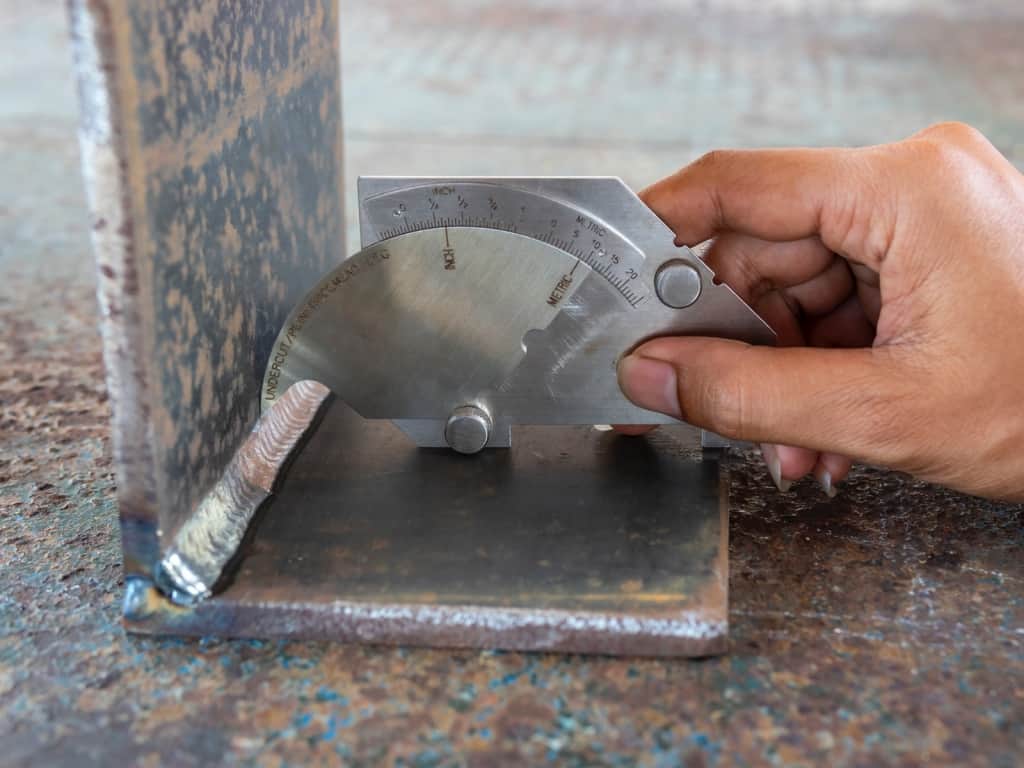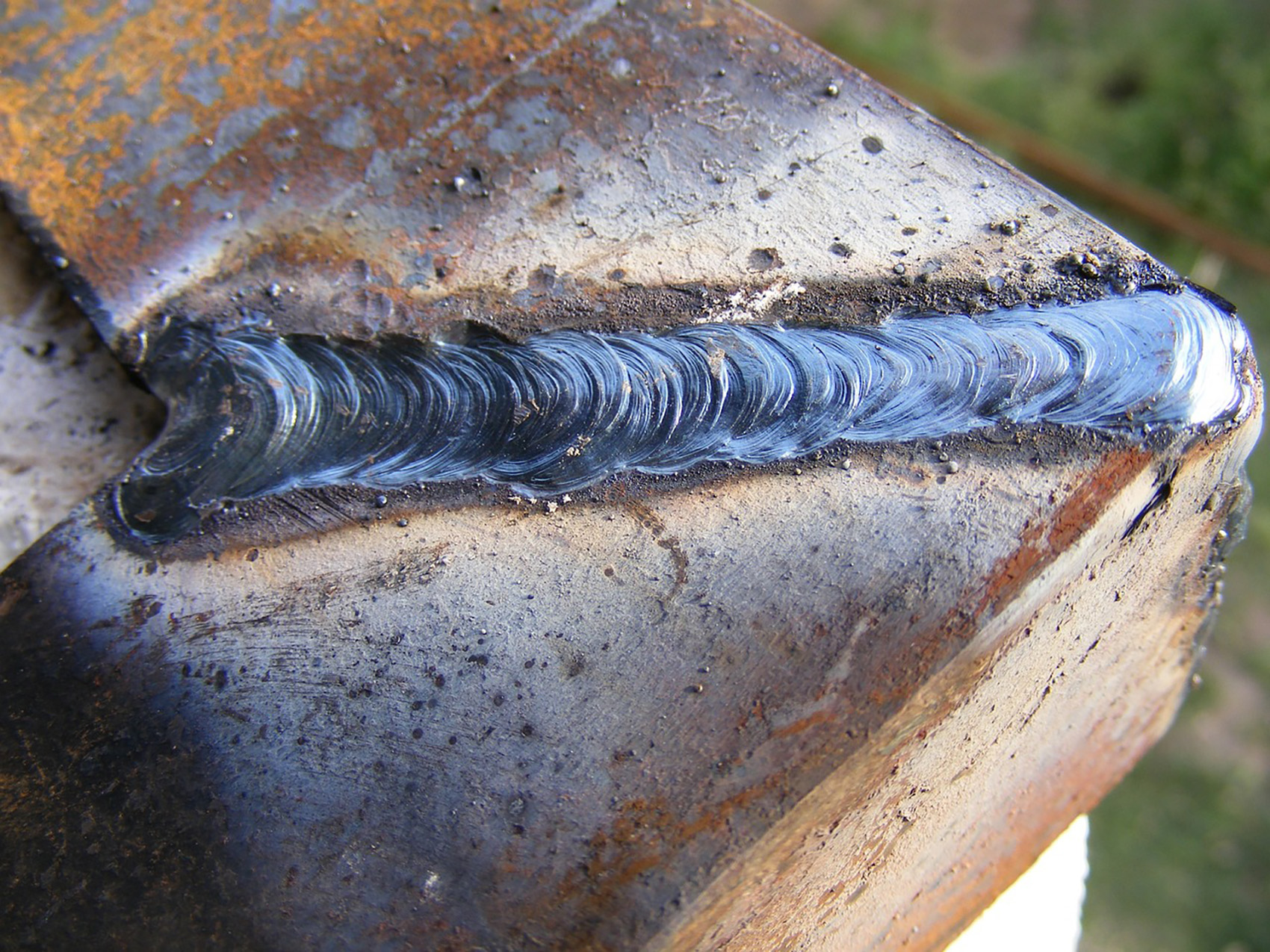Preventing Weld Undercut: Proven Methods Every Welder Need To Know
Preventing Weld Undercut: Proven Methods Every Welder Need To Know
Blog Article
Vital Tips for Welders: Preventing Undercut Welding and Ensuring Stronger Weld Joints
In the world of welding, accomplishing long lasting and solid weld joints is the foundation of generating high-grade job. One typical obstacle that welders often experience is undercut welding, which can jeopardize the honesty of the weld joint.

Recognizing Undercut Welding
Undercut welding is an usual welding issue that occurs when the weld metal stops working to effectively load the groove and causes a groove-like anxiety along the weld grain. This issue weakens the weld joint, making it prone to cracking and failure under stress and anxiety. Undercutting can be brought on by various elements, including too much welding present, high welding rate, inappropriate electrode angle, inaccurate electrode dimension, and poor welding technique.
Among the primary reasons for undercut welding is an imbalance between the welding existing and the welding speed. If the welding current is also high or the welding rate is as well fast, the weld metal may not effectively load the groove, bring about damaging. In addition, using an electrode that is also large can lead to a comparable result, as the excess metal can not appropriately move into the groove.
To stop undercut welding, welders ought to ensure they are using the correct welding criteria, maintain a suitable electrode angle, pick the suitable electrode size, and method proper welding methods. By addressing these variables, welders can lessen the risk of undercutting and develop stronger, extra dependable weld joints.
Appropriate Welding Method
Efficient welding method plays an essential role in making certain the high quality and integrity of weld joints. One basic aspect of correct welding technique is maintaining the appropriate angle and distance in between the welding gun and the workpiece.
Additionally, a constant and consistent hand motion is important for developing strong and sturdy weld joints. Welders need to aim for smooth, consistent motions to ensure also circulation of the weld material. Correct control of the welding weapon and filler material is additionally essential to attaining ideal infiltration and fusion.
In addition, managing the warmth input and selecting the proper welding parameters based on the product being welded are important consider accomplishing high-quality welds - Preventing weld undercut. Welders must adhere to the recommended setups provided by welding procedure specs and readjust them as needed based on the certain needs of the project. By grasping correct welding techniques, welders can considerably improve the toughness and reliability of their weld joints
Picking the Right Electrode
Maintaining the proper angle and range between the welding weapon and the work surface is fundamental when thinking about the relevance of picking the ideal electrode in welding applications. The selection of electrode plays an essential function in figuring out the high quality and stamina of the weld joint. Electrodes are available in numerous kinds, each created for details objectives and products.
First of all, choosing the proper electrode diameter is vital. Thinner electrodes are appropriate for welding slim materials, while thicker electrodes are better for thicker materials and higher warmth applications. Matching the electrode size to the density of the work surface assists achieve a balanced weld.
Secondly, understanding the material composition of the electrode is important. Different electrodes are designed for welding details materials like steel, stainless steel, light weight aluminum, or cast iron. Making use of the proper electrode product makes certain good fusion and minimizes the threat of defects in the weld.
Finally, thinking about the welding setting and technique is essential when picking the electrode kind. For circumstances, certain electrodes are much better matched for upright or overhead welding positions, while go right here others function well for level or horizontal settings. Selecting the right electrode based upon the welding technique improves the total weld quality and integrity.
Preparing the Base Steel
To ensure an effective welding procedure, what first actions should be taken when preparing the base metal for welding? Furthermore, any type of existing weld product or residue from previous welding ought to be removed to ensure a tidy surface area for the new weld.

Carrying Out Post-Weld Evaluations

After performing these assessments, welders need to compare the results against industry requirements and project requirements to guarantee that the weld joint meets all essential requirements. Any discrepancies or insufficiencies found throughout the post-weld evaluation ought to be immediately attended to through suitable corrective measures to ensure the weld's honesty. By faithfully performing post-weld assessments and promptly dealing with any concerns, welders can support the quality and integrity of their job, inevitably adding to the safety and security and durability of the welded frameworks.
Conclusion

In verdict, avoiding undercut welding and guaranteeing more powerful weld joints require a mix of proper welding strategy, choosing the ideal electrode, preparing the base metal correctly, and carrying out post-weld inspections. By comprehending the reasons for undercut welding and applying the needed preventative measures, welders can generate high-quality weld joints that satisfy sector requirements and ensure the structural stability of the bonded components.
Undercut welding is a typical welding problem that takes place when the weld metal stops article working to properly load the groove and results in a groove-like depression along the weld bead (Preventing weld undercut). Undercutting can be caused by numerous variables, consisting of excessive welding current, high welding rate, incorrect electrode angle, wrong electrode size, and inadequate welding technique
One of the main factors for undercut welding is an imbalance in between the welding existing and the welding rate. If the welding current is also high or the welding rate is as well fast, the weld metal may not sufficiently load the groove, leading to damaging.Preserving the correct angle and range between the welding gun and the work surface is fundamental when taking into consideration about his the significance of choosing the best electrode in welding applications.
Report this page